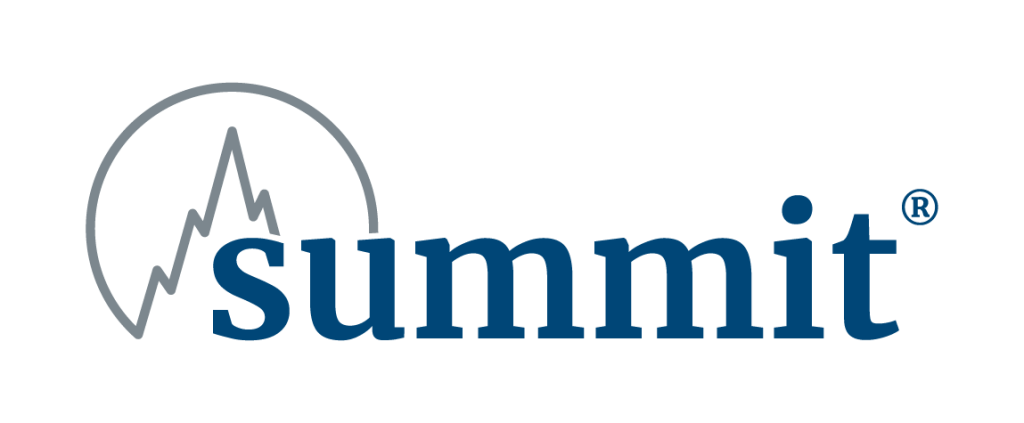
SAFETY TOPICS
Hazard Communication for Your Business
To keep your workers safe, it is important to communicate about the hazards they may encounter in the workplace. The Occupational Safety and Health Administration (OSHA) states that hazard communications are the fourth most cited standard in 2021.1 The costs associated could amount to $14,402 per violation and $145,027 for willful or repeated violations.2

OSHA’s hazard communication standard
OSHA developed their Hazard Communication Standard to give workers the right to understand the hazards in their workplaces, specifically regarding chemical safety.
Key points in this Standard:3
- OSHA requires employers to develop and maintain a written hazard communication program for their workplace.
- Employers are required to train workers on the new label’s elements and safety data sheets format to facilitate recognition and understanding.
- Safety Data sheets must be available for all the hazardous material present and a system needs to be in place to maintain them. They must also be accessible to anyone who needs to get to them quickly.
- OSHA requires the hazards of all chemicals produced or imported be classified, and that information is transmitted to employers and employees. OSHA requires specific categorization of hazards within your workplace.
- Employers with hazardous chemicals must have labels on the products. It is important to note that OSHA now refers to the Globally Harmonized System (GHS) for hazard communication. Labels must contain a signal word, pictogram, and hazard statement.
OSHA recommends the following to employers to implement an effective Hazard Communication Program:4
- Learn the standard in its entirety.
- Prepare and implement a written hazard communication plan. This should include how hazard communication will be addressed in your workplace and an inventory of all hazardous chemicals in the workplace.
- Inform and train employees regarding the chemical hazards in your workplace, any time new chemical hazards are introduced and the appropriate protective measures when around those hazards.
There could be an update to OSHA’s Hazard Communication standard, possibly by the end of 2022, to align with GHS’ seventh edition and a permanent COVID-19 standard for the healthcare industry.5
Employer responsibility to protect workers
Workers have the right to be trained on and protected from hazards. They also have the right to speak up about hazards without fear of retaliation. It is important to comply with OSHA standards to ensure your workers’ safety.6
Additional safety resources
If you would like additional resources, please contact your Summit loss prevention consultant.
Footnotes
- “Top 10 Most Frequently Cited Standards” Occupational Safety and Health Administration, US Department of Labor https://www.osha.gov/top10citedstandards (Accessed July 19, 2022)
- “OSHA Penalties” Occupational Safety and Health Administration, US Department of Labor, https://www.osha.gov/penalties/ (Accessed July 19, 2022)
- 29 C.F.R. § 1910.1200 (2022); see also www.osha.gov/laws- regs/regulations/standardnumber/1910/1910.1200.
- Occupational Safety & Health Admin. Steps to an Effective Hazard Communication Program for Employers That Use Hazardous Chemicals Occupational Safety and Health Administration. US Department of Labor. www.osha.gov/sites/default/files/publications/OSHA3696.pdf(Accessed July 19, 2022).
- “HazCom standard update coming before year’s end? Spring 2022 regulatory agenda released.” Safety + Health, National Safety Council, www.safetyandhealthmagazine.com/articles/22734-haz-com-update-coming-before-years-end-spring-2022-regulatory-agenda-released (Accessed July 19, 2022).
- “OSHA Worker Rights and Protections.” Occupational Safety and Health Administration, U.S. Department of Labor, www.osha.gov/workers (Accessed July 19, 2022).
Disclaimer
The information presented in this publication is intended to provide guidance and is not intended as a legal interpretation of any federal, state or local laws, rules or regulations applicable to your business. The loss prevention information provided is intended only to assist policyholders of Summit managed insurers in the management of potential loss producing conditions involving their premises and/or operations based on generally accepted safe practices. In providing such information, Summit Consulting LLC does not warrant that all potential hazards or conditions have been evaluated or can be controlled. It is not intended as an offer to write insurance for such conditions or exposures. The liability of Summit Consulting LLC and its managed insurers is limited to the terms, limits and conditions of the insurance policies underwritten by any of them.

